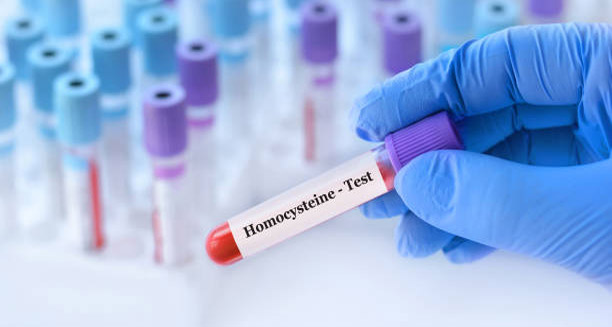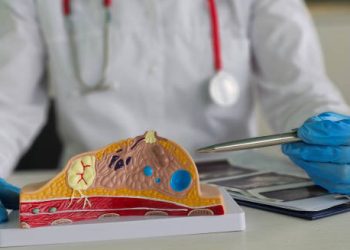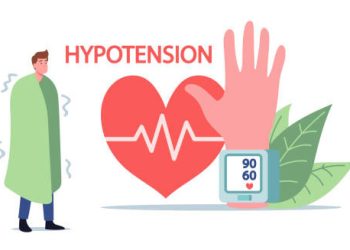The diagnosis of homocystinuria is a key step in preventing serious complications. Early detection allows for timely treatment, which can greatly improve long-term outcomes. Diagnosis combines clinical signs, blood tests, and genetic studies to confirm the condition and plan treatment.
Clinical Clues and Early Suspicion
The process often begins with a doctor noticing warning signs. These include lens dislocation, tall stature, blood clots, or developmental delays in children. Doctors may also suspect the condition if there is a family history of metabolic disorders. Because symptoms can look like Marfan syndrome or other conditions, some cases are missed at first.
Role of Newborn Screening
In many countries, newborn screening detects homocystinuria within days of birth. A simple blood spot test checks for high methionine levels, which is often an early clue. However, this test is not perfect. Certain rare types of the disorder do not raise methionine much, so these babies can pass the screen undetected unless extra tests are done.
Key Biochemical Tests
When suspicion is high, doctors order more specific tests. The main marker is very high total plasma homocysteine, often above 100 micromoles per litre if untreated. Plasma amino acid tests may also show high methionine, especially in classic CBS deficiency. These results usually confirm strong suspicion, but more steps are needed for accuracy.
Vitamin B6 Response Test
A pyridoxine (vitamin B6) challenge often follows. The patient takes high doses of B6 for several days, and doctors watch for a drop in homocysteine. If levels fall, the person is B6-responsive, which is very helpful for treatment planning. If not, more intensive care will be needed.
Additional Testing
Sometimes, doctors check urine for homocystine, but this test is less common now. Specialist labs may measure enzyme activity in cultured cells to confirm a CBS enzyme defect or find other enzyme problems.
Genetic Testing – The Gold Standard
Genetic testing confirms the diagnosis. It finds mutations in genes such as CBS, MTHFR, MTR, and MMACHC. These tests also help predict B6 responsiveness, guide family planning, and rule out similar disorders.
Multidisciplinary Role in Diagnosis
Diagnosis often involves several specialists. Eye doctors may spot a dislocated lens. Paediatricians may notice poor growth or developmental delays. Blood specialists may be called when a young person has an unexplained clot. Working together, these doctors help make an early diagnosis.
Late Diagnosis in Adults
Some people are diagnosed as adults, often after repeated clots, early heart disease, or eye problems. In these cases, blood tests and genetic studies confirm the condition, but some complications may already be permanent.
Genetic Counselling for Families
Families with a diagnosed child usually receive genetic counselling. This helps them understand inheritance patterns, future risks, and testing options during pregnancy. In some cases, techniques like PGD or CVS can identify affected embryos or foetuses early.
The Importance of Awareness
Because homocystinuria is rare, many healthcare workers are unfamiliar with it. This can cause delays, especially in regions without newborn screening. Better awareness of the signs, symptoms, and lab results is essential for early diagnosis and better outcomes.
Summary
The diagnosis of homocystinuria needs careful clinical judgement, lab tests, and genetic confirmation. Detecting it early—ideally through newborn screening—can change a child’s life. Even when found later, understanding the root cause is critical for good care and better quality of life.


